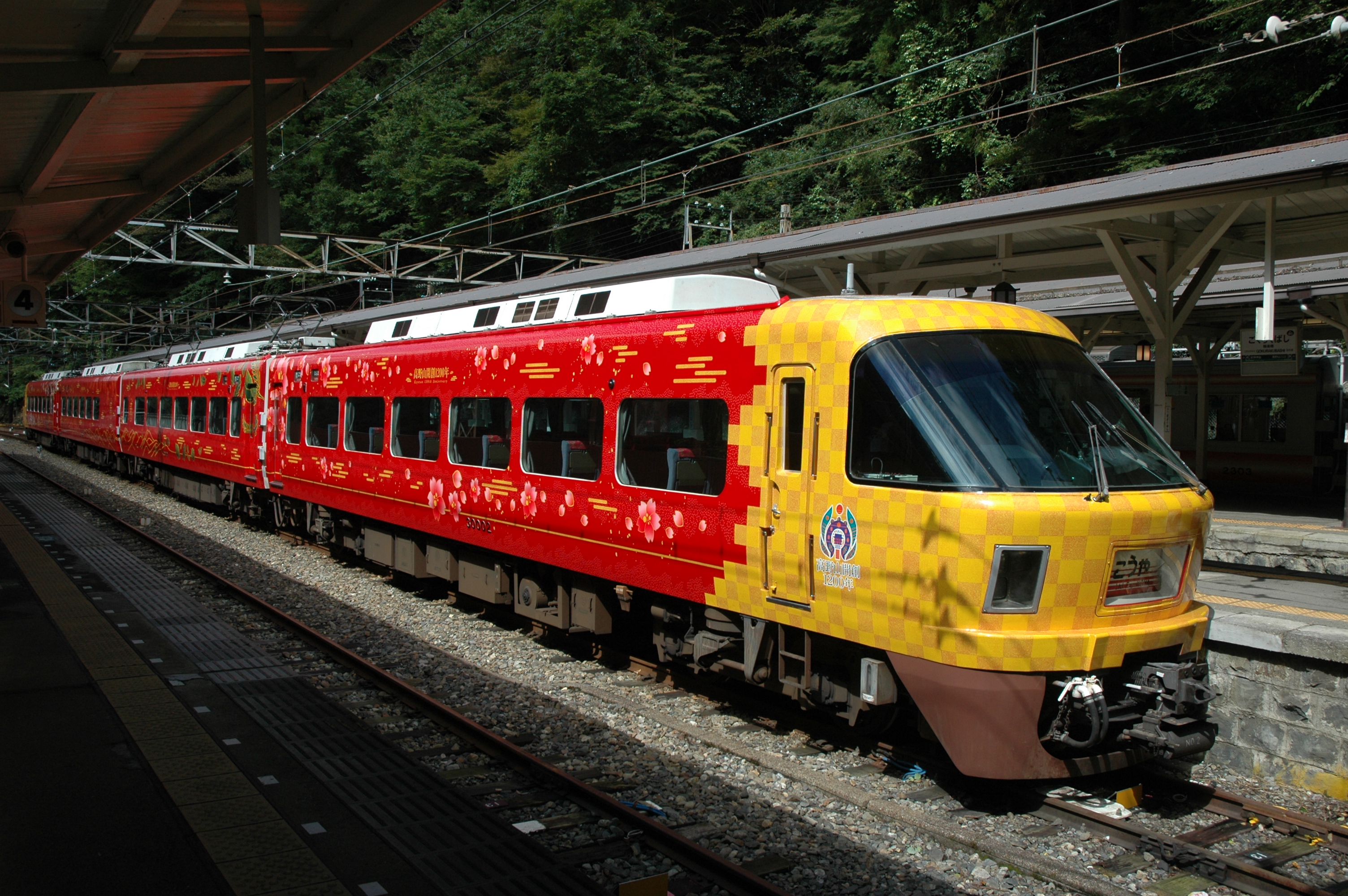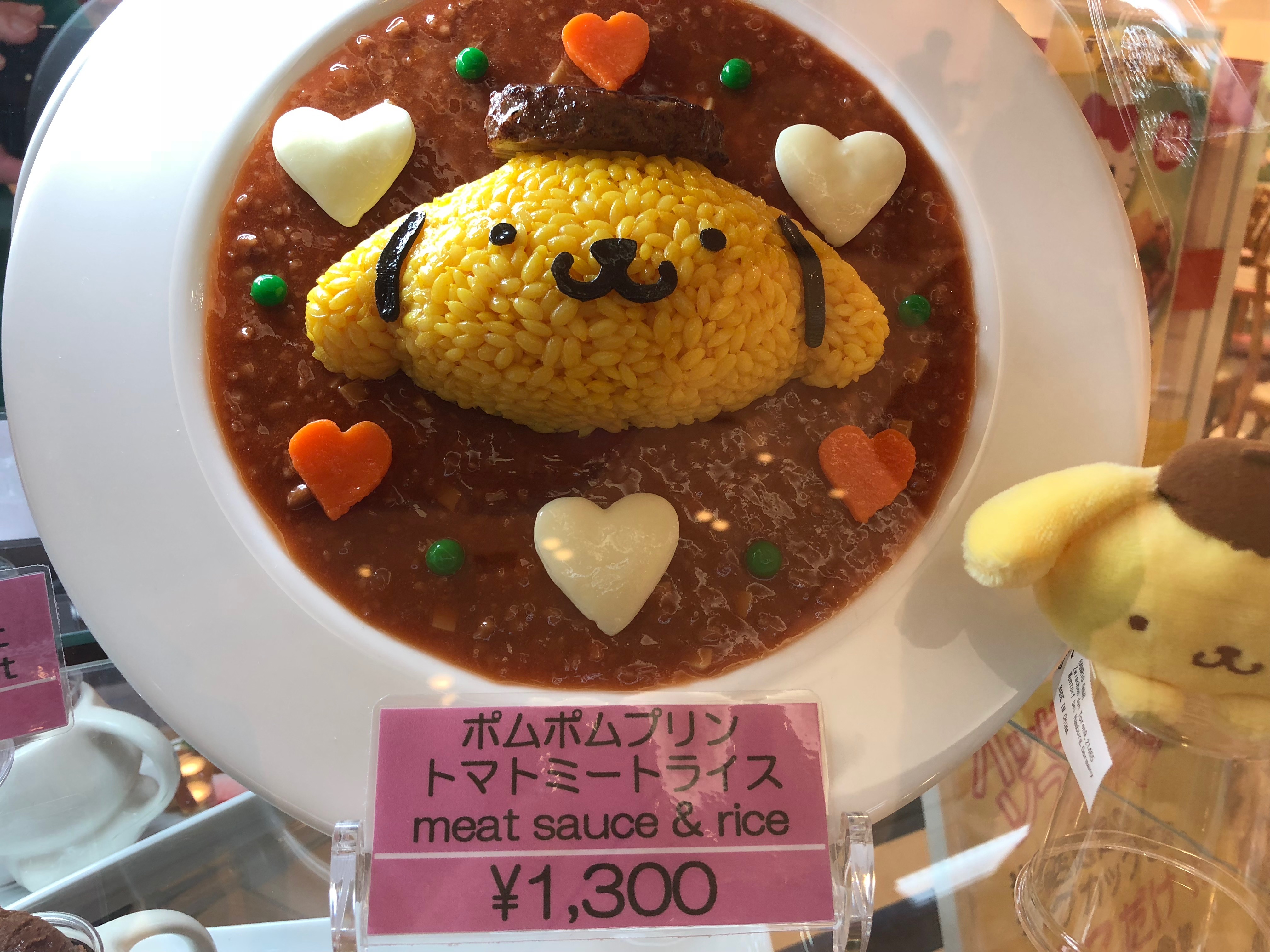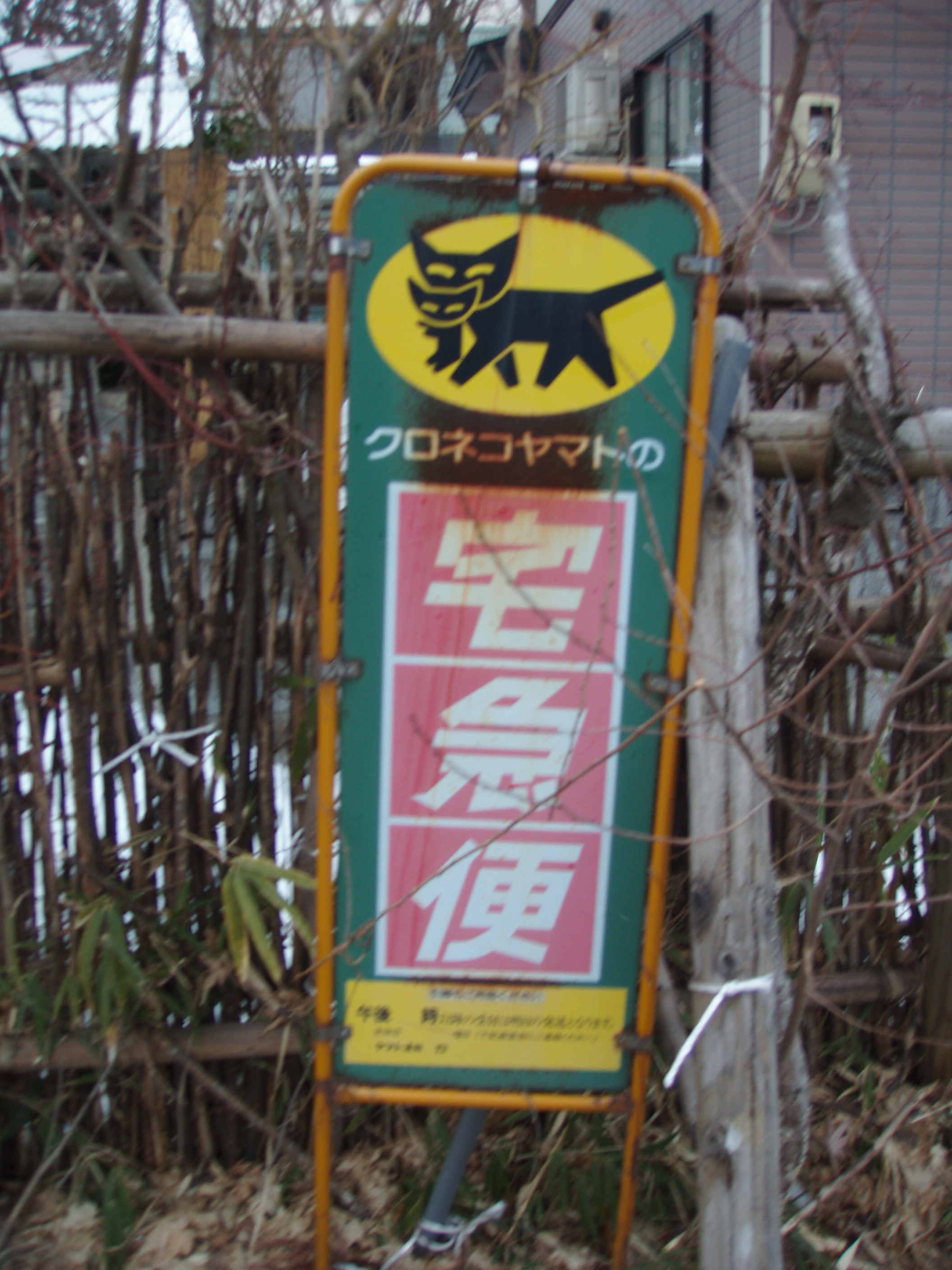1. Use a luggage delivery service.
This tip once would have been, ‘Take a hiking pack, not a suitcase.’ My advice has now changed, but the reasons behind it remain the same.
Japanese streets and railway stations can be difficult to negotiate with a suitcase, especially if you’re going through smaller stations where stairs are the only option or if you intend to visit during a snowy winter. Trains, including the shinkansen, generally have very limited space for large luggage (with the exception of airport services like the Narita Express), and your fellow passengers won’t thank you for trying to squeeze past them. Taxis have less space in the back for luggage than you might be used to and aren’t really recommended.
The ‘freedom’ we once gained from loading ourselves up like pack horses, we enjoy much more pleasantly now that we use the very reliable Takkyūbin luggage delivery service, provided by several companies, including Kuroneko Yamato. Prices vary according to the size of your bags. You can expect to pay around 2,000 JPY for a large suitcase to be sent between Kyoto and Tokyo.
Takkyūbin services are available between airports, major railway stations and hotels. Counters at these locations will be able to help you fill in the necessary paperwork and will hold your luggage for you until you are ready to collect it. Deliveries can also be made between businesses, private addresses and Takkyūbin agents, such as corner shops.
The service is promoted as ‘same day delivery’, but if you need your luggage to be sent a long way between cities or towns, allow at least an extra day for your possessions to arrive.
2. Plan your transport connections before your trip.
If you’re into the spontaneous feel of travelling by the seat of your pants, go to Tip #3. If you’d like to make the most of your holiday time and avoid lengthy delays, read on.
Japanese trains are very reliable, so it’s possible to plan your connections down to the platform before you leave home.
I highly recommend using either Hyperdia or Google Maps to plan your connections. If you’re super keen, take advantage of Google Street View and downloadable station maps to familiarise yourself with the layout of stations, particularly major ones like Tokyo, so you’re not wasting time looking for your train. This is particularly important at these big stations, where you have several different railway companies with similarly named stations all with dozens of lines converging at the same place. It is confusing enough for those of us who can communicate in Japanese. So take out the stress and plan it in advance!
(If you do get stuck, a friendly station employee is never too far away.)

3. Get a Japan Rail Pass.
The JR Pass is an easy way to save time and money on your trip. This special pass is available for foreigners and Japanese citizens living outside Japan (excluding foreigners and citizens resident in Japan) and can only be purchased outside Japan – so make sure you organise it well in advance of your departure date.
The national pass will give you unlimited travel on all JR trains (excluding Nozomi Shinkansen), as well as JR bus company buses, some ferries and Tokyo monorail. There is a large selection of region-specific passes that offer better value if you’re sticking to certain areas.
The passes are available for 7, 14 or 21 days from the date of validation (you must have your pass stamped at a JR station ticket office prior to use). On our most recent trip, we made use of the flexible 6-day JR East-South Hokkaido Pass, which allowed us to travel around Hokkaido and on the shinkansen to Tokyo.
Once you have your pass, you are free to travel on all trains covered by your pass. However, be aware that limited express trains and Shinkansen have reserved and non-reserved seating (some Shinkansen have only reserved seating). With your pass, you can get onto these trains, but I highly recommend taking the time to get your ‘boarding pass’ and reserved seat tickets in advance to make sure you do get a seat on your longer journeys. This can also be done at a JR ticket office.
4. Download the 7-Bank ATM Navigation app.
Japan has traditionally had a very cash-based economy. Twenty year ago, there were only a couple of ATMs in Kyoto from which you could withdraw cash from a foreign bank account. Credit cards were only marginally more convenient.
Happily, this has changed quite a bit and credit cards are accepted in ever more places.
Getting cash has also become a lot easier. 7-Eleven convenience stores have very helpfully installed 7-Bank ATMs that accept many foreign keycards and these stores are conveniently located all over the the country. Their website has a useful ATM locator and mobile app.
5. Avoid the summer!
Don’t be tempted to think that images of wild monkeys bathing in hot springs surrounded by snow are an indication of mild Japanese summers. Unless you’re planning to restrict your visit to Hokkaido or Tohoku, or you happen to really enjoy tropical humidity, do not book your trip in summer!
If you think I’m being a little dramatic, picture yourself drying off after a shower and realising that the towel is getting wetter, but so are you! Now picture yourself on that same day on a train whose passenger per square metre ratio is reminiscent of a mosh pit, with small oscillating ceiling fans creating only a small amount of air movement and you’ll start to get my drift. I have lived through 3 Japanese summers and I’m not keen to do it again. If you do like the weather to be a little warmer, you won’t miss out by visiting in September.

Autumn and Spring are much more pleasant and you will be rewarded with stunning natural colours and blooms. The northern Winter is also wonderful, providing you’ve packed the appropriate snow gear.
While we’re at it, try to avoid travelling during the busy public holiday periods of Golden Week (around late April to early May) and O-Bon (mid-August).
6. Wear slip-on shoes.
Before entering a Japanese home, ryokan (traditional Japanese inn), temple, shrine, castle or many other places, you will be required to remove your shoes. Often you will leave them on a shelf in the entrance and be given slippers to wear around inside. Make sure you take your slippers off before walking on tatami mats or going to the toilet (you should use the special toilet slippers provided). At other places, like castles and larger temples, you may borrow a plastic bag to carry your shoes in during your visit.
While slip-on shoes are by no means compulsory, sometimes it isn’t very convenient to have to sit down to tie and untie your laces at busy tourist destinations.
7. Keep some loose change on you.
Japan has a Consumption Tax (like VAT or GST) of 8% that is usually not included in the displayed price of goods sold in retail stores. This means that if you get ¥100 in cash out to pay for your snack, you’ll be short ¥8 at the check out. This is generally the case, except that sometimes shops do include the tax in the displayed price, usually indicated by the characters 税込 (zeikomi) next to the price. Vending machine prices also include tax. Because of the inconsistency, I recommend that when paying cash, always allow a little more than you think you need, just in case.
The tax rate is set to be raised to 10% in October, 2019, which will, at least, be easier to calculate mentally.

8. Learn some basic Japanese.
Japanese people learn English at school, although their written language skills tend to be stronger than their conversational English. On top of this, most signage around stations and tourist destinations and many restaurants and shops are bilingual (and are more often including simplified Chinese, Korean and even Russian). In other words, it’s perfectly possible to avoid needing any Japanese at all on your holiday.
Despite this, Japanese people tend to be very appreciative of any attempt to use their language and will compliment you on your efforts. As well as this, it is a good idea to familiarise yourself with some of the common kanji (Chinese characters) that you will help you navigate your way more efficiently.

9. Know how to use a Japanese-style toilet.
Most popular tourist destinations will have a familiar Western-style toilet, but there are two other types of Japanese-style toilets that may be a bit of a challenge. It’s good to be versed on how to use them both, just in case that’s all you can find when you’ve gotta go.
One is the traditional-style squat toilet. The first thing to do is to roll up the hems of long pants, if that’s what you’re wearing, to prevent them from dragging on the ground. The trick here is to face the wall, or the higher part of the bowl, as you squat with a foot on either side. Usually you flush by depressing a metal lever in front of you, but very occasionally you’ll have to ‘flush’ with a trigger hose.
You may think Japan’s hi-tech toilets would be a little more straightforward. But in my first attempts using them (as someone literate in Japanese), I managed to spray the opposite wall with a jet of water and subsequently burn the rear end of the person who came in after me. In the first instance, I had mistaken used the start (スタ-ト) button instead of the flush button (which is actually just a normal lever or button behind the toilet), and set the bidet function into action. The second time, I had been fiddling with the control panel and had adjusted the seat temperature to a level that would warm coffee.
Some other Western-style toilets allow you to wash your hands with clean water at the top of the cistern before it flows into the bowl to flush the toilet.
10. Pack the essentials.
Lastly, here are some of the essentials we always pack when going to Japan:
- A few small packets of tissues in our day bags, just in case there’s no toilet paper in the toilet (this used to be the norm for public toilets);
- Sunscreen – it’s hard to find sunscreen with the same sorts of SPF ratings that we have at home;
- Coffee and tea bags from home – many hotel rooms only supply basic instant coffee and green tea bags and no milk;
- A Japanese power adaptor and a power board with your own country’s socket outlets and USB outlets to charge all of your devices at the same time;
- A portable recharger – great for recharging your devices on long train journeys;
- A travel clothes line, laundry soap, and microfibre towel (to squeeze dry your clothes) – hotel’s don’t always have a laundromat, and laundry services are an expensive alternative.



![Image used under creative commons licence: David Lisbona [CC BY 2.0 (https://creativecommons.org/licenses/by/2.0)] White Slippers in Japan](https://upload.wikimedia.org/wikipedia/commons/6/61/White_Slippers_in_Japan.jpg)
![Image used under creative commons licence: Maya-Anaïs Yataghène from Paris, France [CC BY 2.0 (https://creativecommons.org/licenses/by/2.0)] Japanese toilet](https://upload.wikimedia.org/wikipedia/commons/a/a2/Japan_-_Japanese_Toilets_%289982742145%29.jpg)